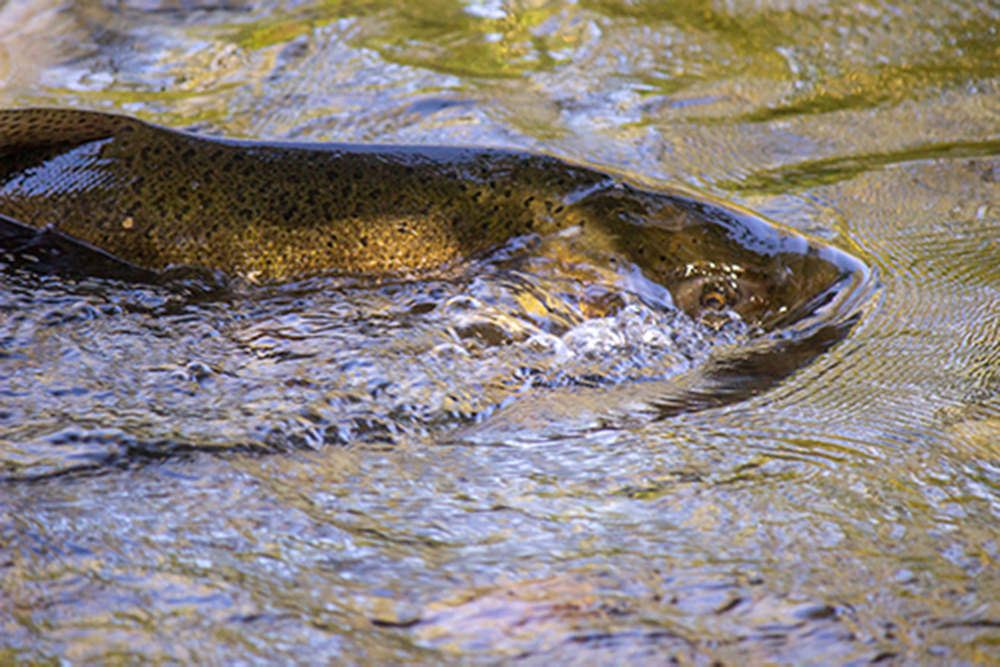Salmon Are for The Trees: A Lesson on Interconnectedness
Crystal Nichols ·What do a 40-pound Chinook salmon and a black cottonwood tree have in common? Aside from the fact that they both depend on water to survive, the link between them might not be so obvious. To uncover the hidden linkage, we have to travel more than 100 miles downriver from where this Chinook salmon was found, all the way to the Pacific Ocean.

The Pacific Northwest is home to five species of salmon: Chinook, coho, chum, sockeye, and pink. Each species grows up in freshwater streams or rivers before undertaking the long journey to the ocean where it will live out the majority of its adult life. The duration of the salmon's marine residence varies from species to species, but it can last anywhere from 1-8 years.

In southern Oregon, we are nearing the end of the period when Chinook salmon are returning to the freshwater rivers and streams to spawn, or reproduce (fish that do this are "anadromous"). They overcome waterfalls, rapids, and sometimes even dams, to successfully return and deposit their eggs in the river's gravel beds. Unlike the last time they found themselves in a freshwater oasis, this will be a one-way trip. After finding a mate, digging a redd (nest), and spawning, the Chinook salmon will die.
Yet even in death, life has the chance to flourish, not only in the form of thousands of beautiful eggs, but in the contribution that the decaying salmon will make to the forest. The now-dead salmon traveled to the ocean in the first place because of the ocean's energy-rich food sources that allow the salmon to live and grow. This oceanic sustenance, high in nitrogen and other crucial nutrients, sustained the Chinook salmon on its spawning journey back to freshwater.

After the journey ends, dead salmon decompose on the streambank, supplying nutrients that will become part of the trees in the riparian area. Healthy riparian areas are natural filters for our precious water supplies. Simply put, healthy salmon runs result in healthy riparian areas, resulting in cleaner water for all organisms.
This relationship is but one of the many threads of interconnectivity between salmon and the surrounding habitats. Interconnections between different species contributes to resilience in ecosystems, and benefits fish, trees, and all other organisms on our planet.
About the author
Crystal Nichols

Crystal is a Science Communication Intern at the Integration and Application Network (IAN) within the University of Maryland Center for Environmental Science. She has a B.S. from Ball State University and a M.S. in Environmental Education from Southern Oregon University. Crystal has conducted research on aquatic ecosystems throughout the Midwest and in the Pacific Northwest, in addition to writing scientific articles and producing educational videos. At IAN, she applies her educational and professional experience by developing educational content for a massive open online course called edX. She is a fanatic for all aquatic life and can be found in and around water during any free time.